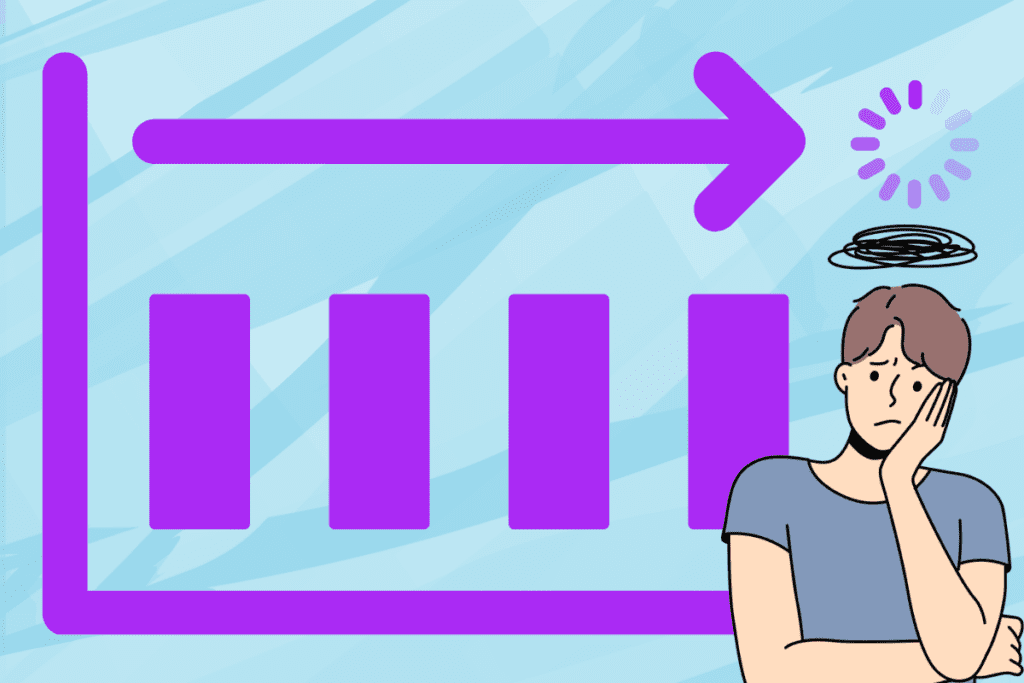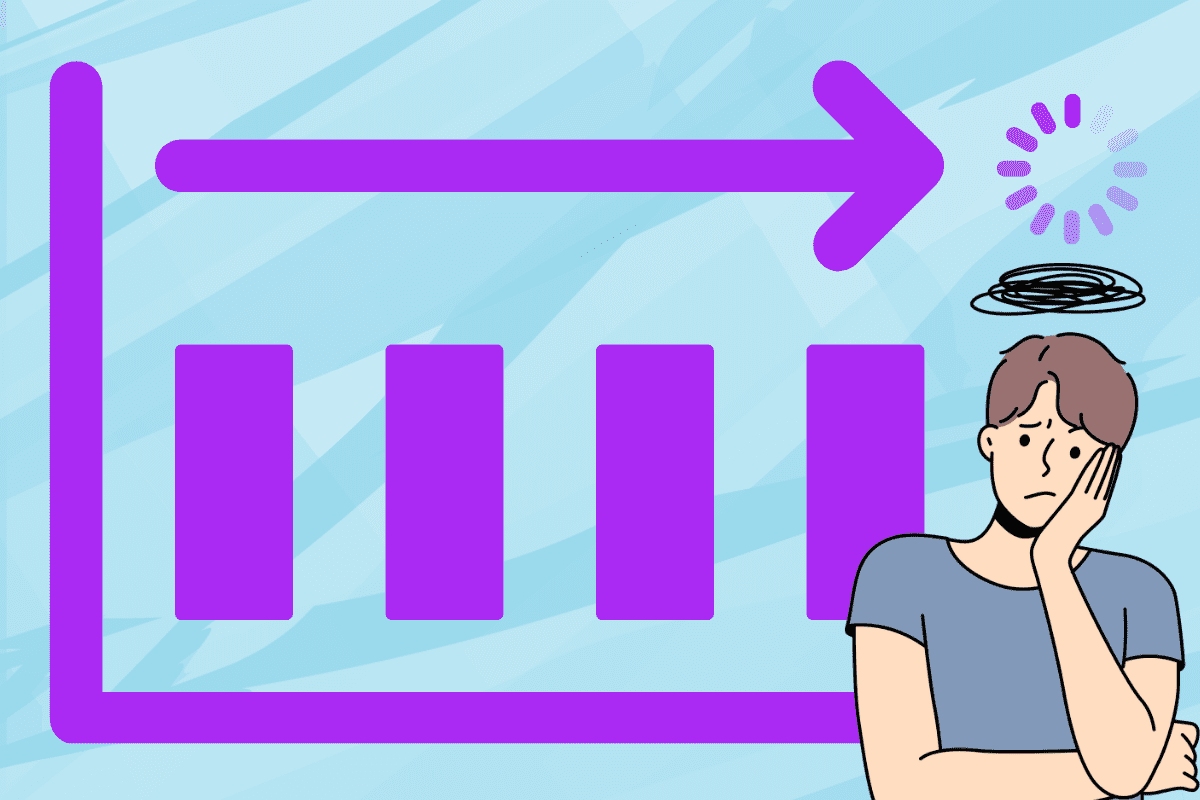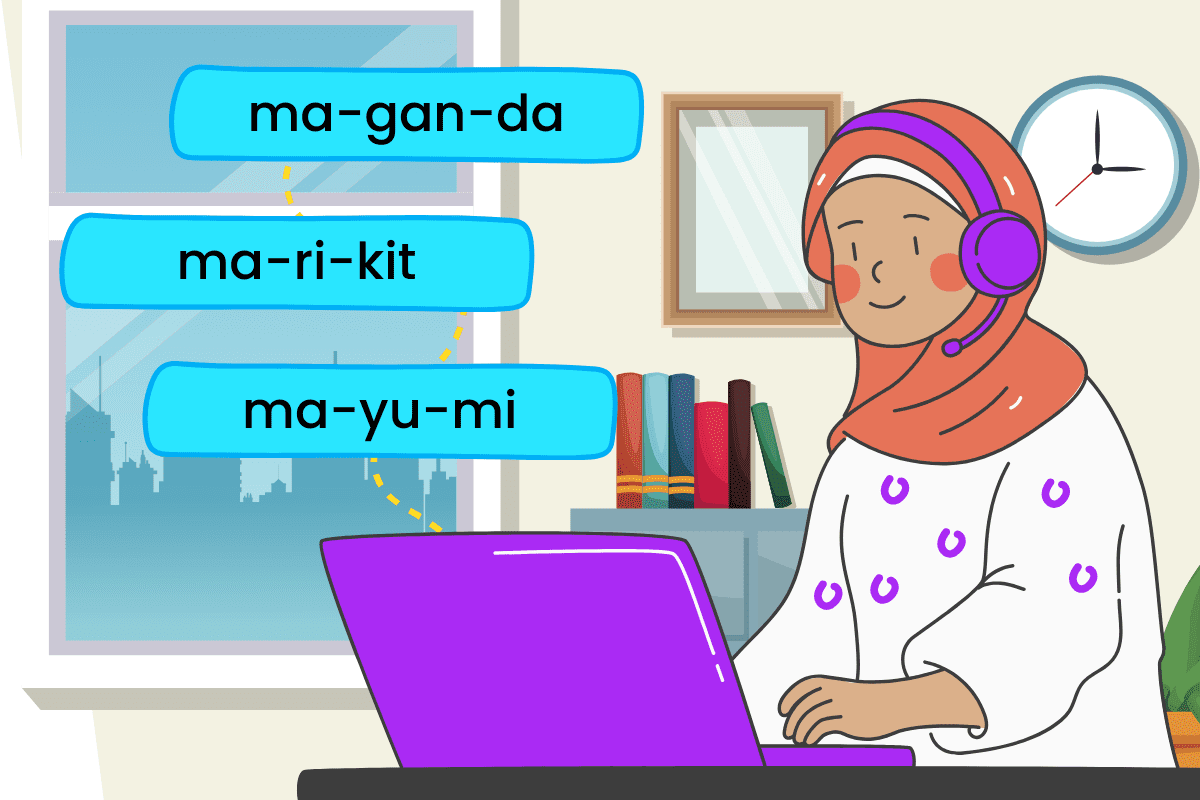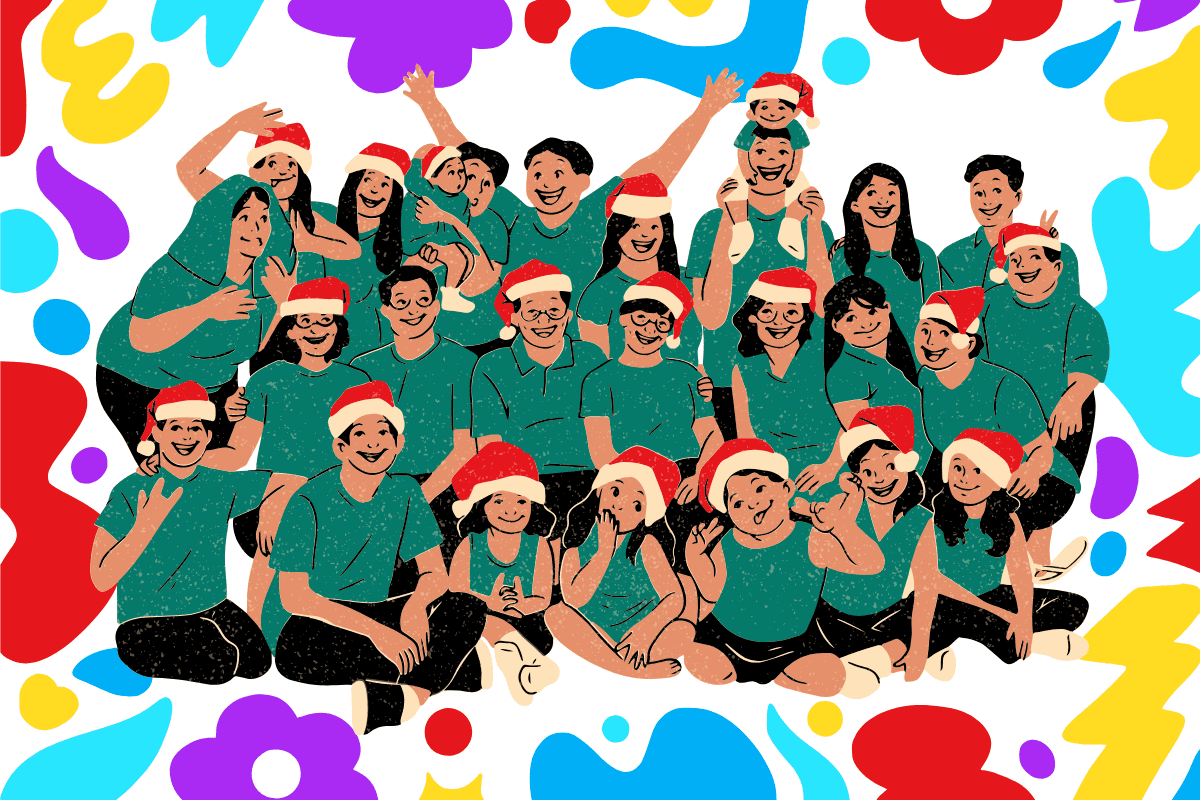Learning Tagalog can be an exciting journey filled with progress. However, once you’ve achieved intermediate status, things might start looking repetitive and your progress seems to stall—this is called a language learning plateau. Thankfully, overcoming Tagalog language learning plateaus has become much easier to conquer with the right strategies.
It’s a common experience, often marked by slow improvements in vocabulary, comprehension, and fluency. Hitting this plateau doesn’t mean your learning has stopped, but it can be frustrating when growth becomes less visible.
Before diving into the ways to overcome this, first, you need to know what exactly is a language learning plateau.

Understanding Language Learning Plateaus
To better understand language learning plateaus, you need to know how proficiency is measured.
There are two distinct ways: the Common European Framework of Reference for Languages (CEFR) and the American Council on the Teaching of Foreign Languages (ACTFL).
CEFR has six main proficiency levels: Basic User (A1, A2), Independent User (B1, B2), and Proficient User (C1, C2). Meanwhile, the ACTFL has five main levels, each with further subdivisions to capture nuanced stages within each level: Novice, Intermediate, Advanced, Superior, and Distinguished.
During the beginning stages of learning a language (A1, A2, or Novice), things are challenging, making every progress visible. You learn lots of new words, start to parse the grammar, and integrate basic sentences into your daily life.
Then, things eventually start slowing down. You’re not learning as many words as you used to, you understand much of the grammar, and you’re just circulating through the sentences you already know.
Your motivation starts to dwindle, everything starts to feel a little bit monotonous, and achieving fluency seems much farther away than you realize. This is when the language learning plateau starts.
After all, many intermediate learners establish comfortable study routines that might lack sufficient challenge to drive further progress. Over time, this familiarity may lead to a sense of stagnation.
While this can be frustrating, it’s a natural part of the learning process, reflecting the shift from foundational language skills to more complex, nuanced mastery.
Overcoming Language Learning Plateaus
If you ever experience a plateau in your language learning journey, don’t worry. Lots of people have experienced and even got past such obstacles. Here are some of the ways you can conquer yours:

1. Break Down Your Goals
- It’s good to have a major goal in mind when learning Tagalog. However, it can become intimidating as time passes as you can’t seem to determine whether you are getting closer to that goal or not.
- What you need to do instead is to divide that major goal into small chunks, and then divide those chunks into even smaller ones. Keep on dividing until you create a plan that suits you.
- For example, setting a weekly goal of learning 10 new words.
- This way, you’ll keep better track of your progress and at the same time, help create a clear path out of your language learning plateau.
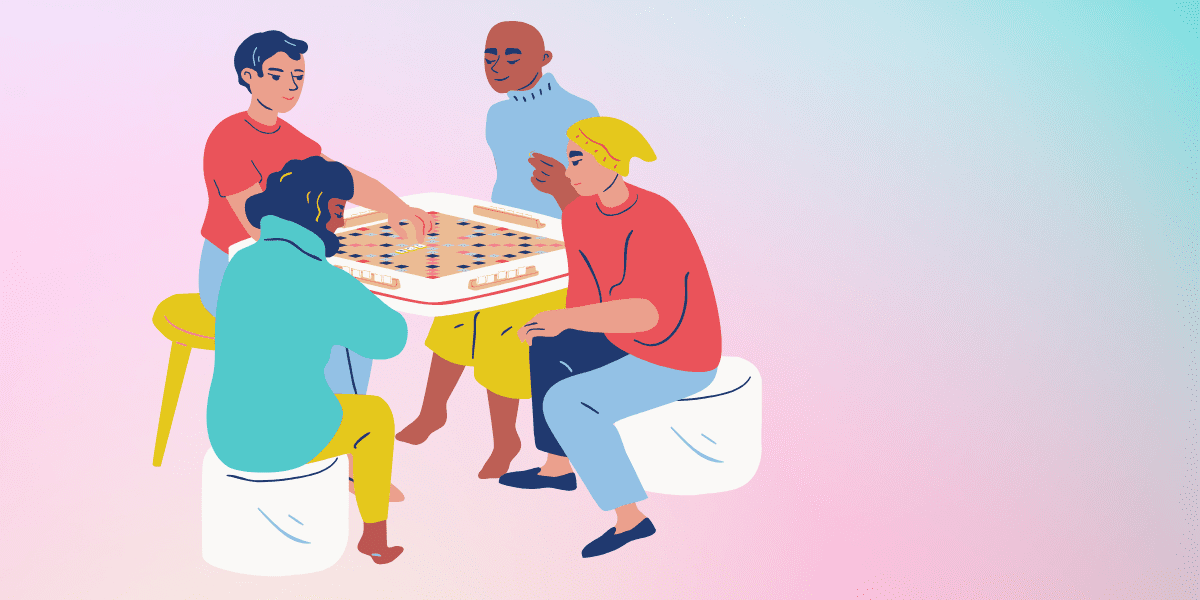
2. Mix Up Your Study Routine
- Doing the same thing over and over can lead to boredom and mental fatigue. If you typically learn Tagalog by reading or using flashcards, switch things up to keep your brain engaged.
- Try some of these activities to break out of routine:
a. Watch Tagalog movies or shows
- Hearing the language in context is incredibly useful. Not only do you get to learn how to use the phrases you’ve learned, but you can also pick up the pronunciation, the tone, and the variations of these phrases.
- Try to follow along without subtitles, or if you’re not yet confident enough in your Tagalog skills, watch with Tagalog subtitles to boost comprehension.
b. Play Tagalog language games
- Besides reading, try mixing it up and adding some word games on your plate. Word games are particularly excellent in helping you retain vocabulary.
- These can be fun and competitive, making vocabulary learning more interactive and engaging.
- Some examples of Tagalog word games are: Tagalogle, Scrabble, Pictionary, and Charades.
c. Journal Your Progress
- Research states that expressive writing helps people cope with stress and improves memory. It frees up cognitive space, which allows new information to better set in.
- Additionally, you can look back at your previous entries to help jog your memory in case you forget something.
- Start a vocabulary journal or something similar. Make it fun and add as much additional information as you want such as definitions, sample sentences, and slang variations.

3. Immerse Yourself In Filipino Culture
- Language and culture are deeply intertwined. Understanding Filipino culture can not only help you relate more to the language but also improve your vocabulary and comprehension.
- Learn more about Filipino customs, traditional dishes, or music to enhance your language skills in real-world contexts.
- Some ways to immerse yourself include:
- Exploring Filipino festivals or traditions to learn words specific to cultural celebrations, Tagalog food, and traditions.
- Following Filipino social media pages or influencers’ vlogs helps you pick up informal, conversational Tagalog that’s used every day.
- Familiarizing with Tagalog idioms and proverbs is great for conversational depth and connecting more with the language.
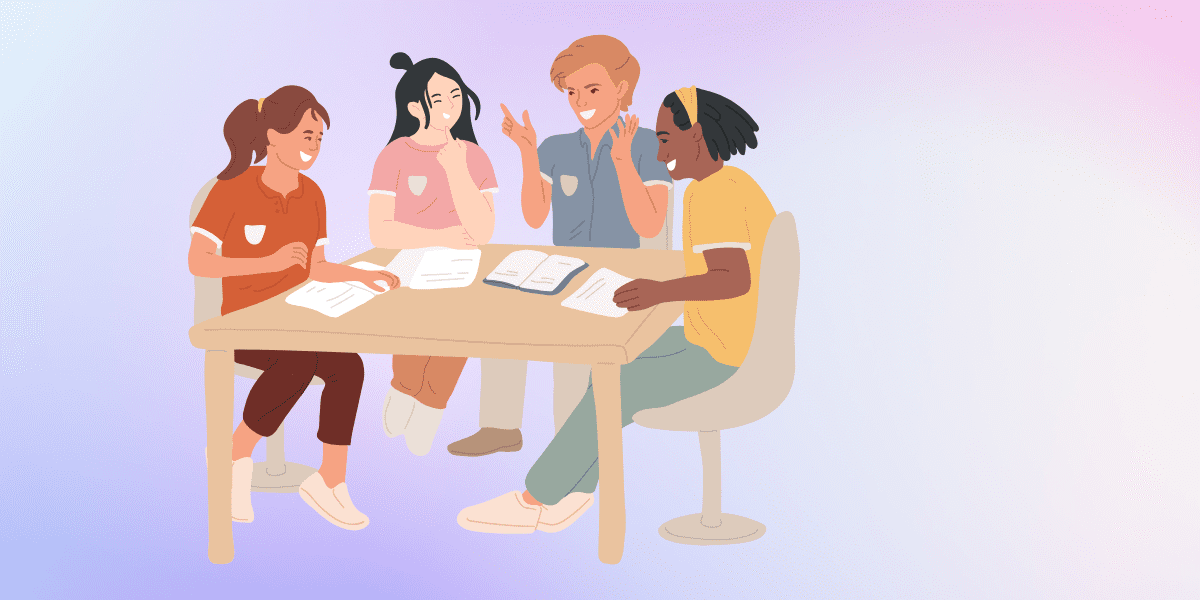
4. Communicate With Native Speakers
- Speaking can be one of the most effective ways to progress past a learning plateau. Practice with native Tagalog speakers, whether online or in person. Even if you’re still learning, don’t be afraid to make mistakes—it’s part of the process.

5. Engage With Language Learning Apps
- Apps specifically designed for language learners, such as Turong Wika, can be highly effective in overcoming plateaus.
- They often provide a wide range of features, from vocabulary and grammar exercises to interactive dialogues that make practicing conversational Tagalog easier. Many language apps also offer quizzes, flashcards, and progress tracking, which are great for daily practice.

6. Reflect
- Sometimes the plateau is a result of burnout. If you’ve been pushing yourself hard, taking time to step back and reflect can be beneficial.
- Think about why you’re learning Tagalog, your progress so far, and the achievements you’ve made. This can rekindle motivation and prevent the plateau from becoming discouraging.
Keep Moving Forward
Overcoming Tagalog language learning plateaus is a difficult task. Motivation is at an all-time low and progress is not as big as it used to be. However, they represent an essential step toward fluency.
By understanding why they happen and implementing effective strategies to overcome them, learners can continue moving forward and achieve a higher, more nuanced level of language proficiency.
Language learning plateaus are natural, and breaking through them requires a mix of new strategies, persistence, and sometimes, a bit of rest. Remember that every bit of progress counts, and you are closer to fluency than you realize!
Speaking of new strategies, well, Turong Wika can help with that.
Turong Wika is a Tagalog learning app that focuses on the conversational side of the language. The interactive lessons are great for language retention and you can even use the examples in common situations.
Turong Wika also has additional features: Cheat Sheet and Practice. The Cheat Sheet is where you can revisit your past lessons while Practice is where you can test your current knowledge on the interactive quizzes.
Celebrate small wins. Scan the code below to download the app now!
Celebrate small wins. Click on the button below to download the app now!

